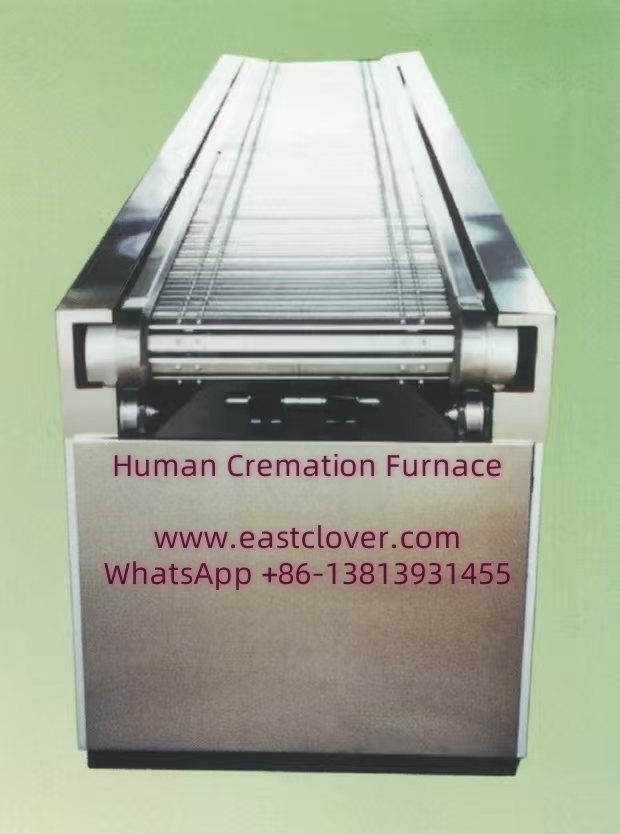Introduction
A human cremation furnace, also known as a cremator, is a specialized industrial machine designed to reduce human remains to bone fragments through high-temperature combustion. Modern cremation furnaces are engineered for efficiency, environmental compliance, and respect for the deceased. Understanding their anatomy and key components provides insight into how they operate and meet regulatory standards.
Key Components of a Cremation Furnace
1. Combustion Chamber (Primary Chamber)
The combustion chamber is the core of the cremation furnace, where the body is placed for incineration. Constructed from refractory materials like ceramic or high-grade steel, it withstands temperatures up to 1,800°F (982°C). Its insulated walls ensure heat retention and prevent energy loss.
- Function: Facilitates the primary combustion process, breaking down organic matter into ash and gases.
2. Burners
Gas-powered burners (natural gas or propane) generate the intense heat required for cremation. Modern furnaces use dual-stage burners to optimize fuel efficiency.
- Primary Burners: Ignite the initial combustion and maintain high temperatures.
- Secondary Burners: Process unburned gases and particulates to reduce emissions.
3. Refractory Lining
A multi-layered refractory lining insulates the combustion chamber. It typically includes:
- Insulating Layer: Minimizes heat transfer to the furnace exterior.
- Dense Castable Layer: Protects against thermal shock and chemical corrosion.
4. Cooling System
After cremation, the furnace must cool before ash retrieval. Cooling systems use air or water to reduce temperatures safely.
- Function: Prevents damage to internal components and ensures operator safety.
5. Control Panel
A computerized interface monitors and regulates temperature, airflow, and burner operation. Sensors provide real-time data to ensure compliance with environmental and safety standards.
- Key Features: Automated ignition, temperature curves, and emission controls.
6. Exhaust System
The exhaust system filters and releases gases produced during cremation. It includes:
- Particulate Filters: Capture ash and soot.
- Scrubbers: Neutralize acidic gases (e.g., sulfur dioxide).
- Afterburner: Incinerates remaining pollutants at 1,200–1,600°F (649–871°C).
7. Loading and Unloading Systems
Hydraulic or mechanical systems transport the body into the chamber and remove remains afterward.
- Loading Tray: A heat-resistant platform that slides into the chamber.
- Ash Collection System: Separates bone fragments from non-combustible materials (e.g., medical implants).
www.southclover.com
Cremation furnaces are complex systems designed to balance efficiency, dignity, and environmental responsibility. Each component—from the refractory-lined combustion chamber to the advanced exhaust filters—plays a critical role in ensuring safe and compliant operations. As technology advances, modern cremators continue to reduce emissions and energy use, aligning with global sustainability goals.
FAQs
How long does a typical cremation take?
Cremation lasts 2–3 hours, depending on body weight and furnace efficiency. Cooling and ash processing add 1–2 hours.
Are cremation furnaces environmentally safe?
Modern systems adhere to strict emissions standards. Filters and afterburners minimize pollutants like mercury and particulate matter.
What happens to non-combustible materials (e.g., metal implants)?
Metals are removed post-cremation, recycled, or disposed of according to regulations.
How hot does a cremation furnace get?
Temperatures range from 1,400–1,800°F (760–982°C) in the primary chamber, ensuring complete combustion.
Is the ash returned to families pure?
Bone fragments are processed into a fine powder, with non-organic materials removed. The result is primarily calcium phosphate.

Comments are closed